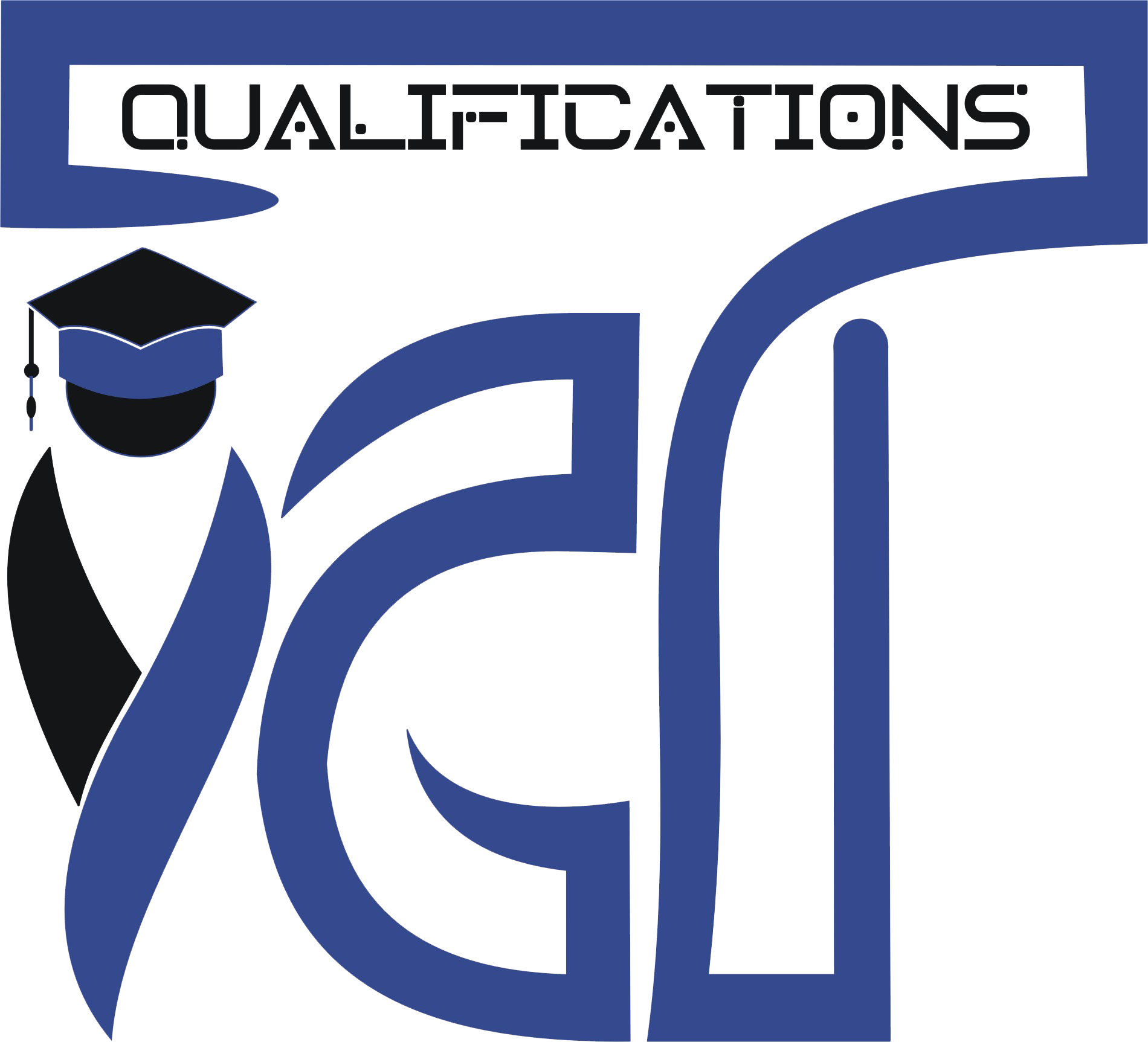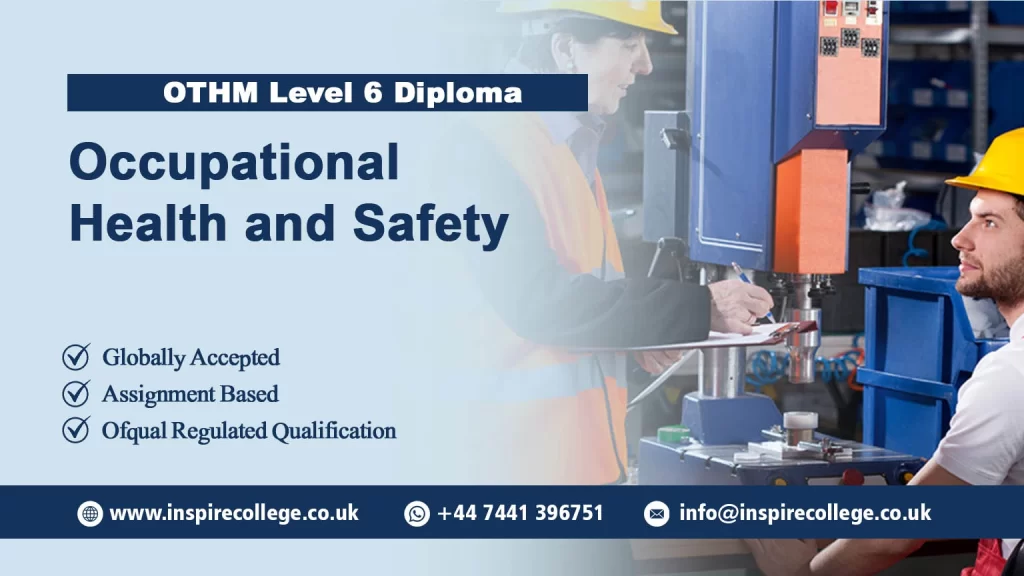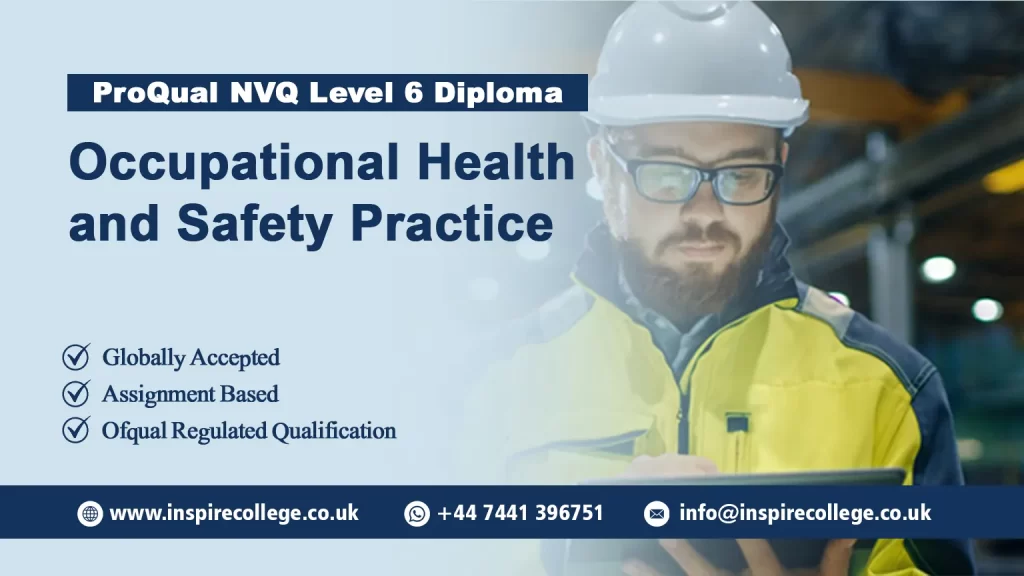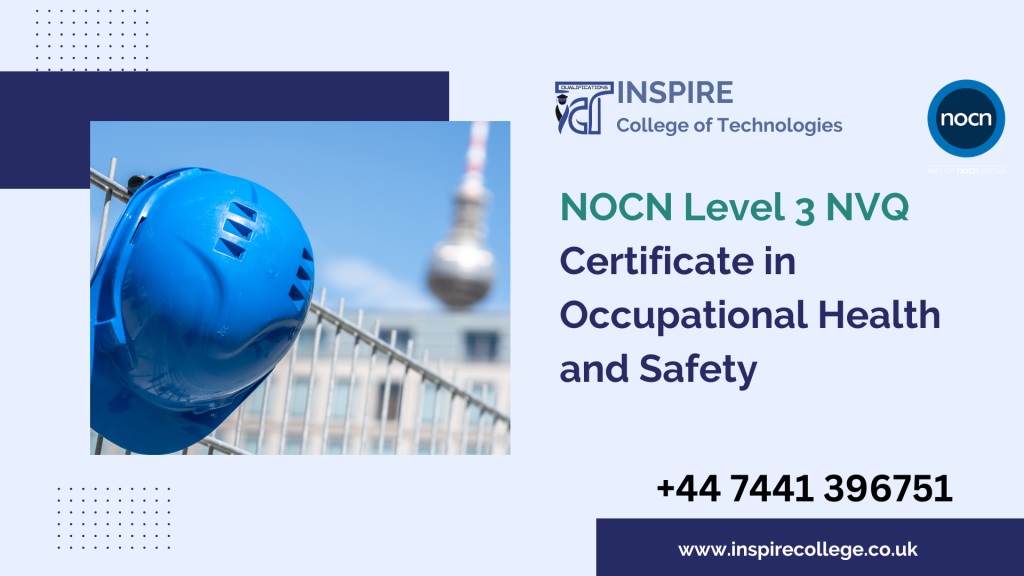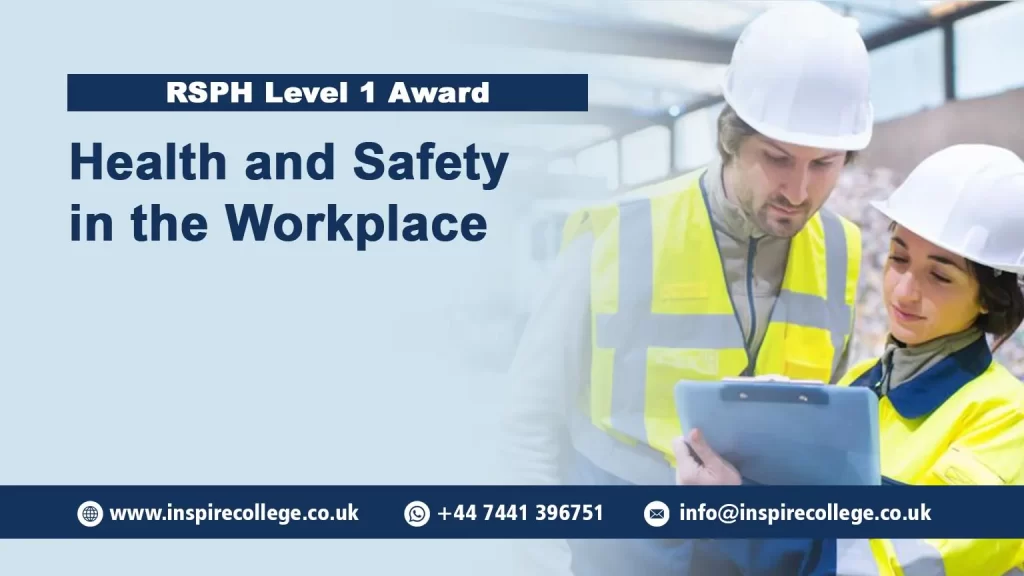How to Become a Health and Safety Manager
In today’s fast-paced work environment, ensuring safety in the workplace is more important than ever. Health and Safety Managers play a crucial role in preventing accidents, ensuring compliance with regulations, and fostering a culture of safety. If you’re interested in pursuing a career in occupational health and safety, this guide will take you through the steps to becoming a qualified Health and Safety Manager.
Step 1: Understand the Role of a Health and Safety Manager
A Health and Safety Manager is responsible for:
- Developing and implementing safety policies and procedures
- Conducting risk assessments and workplace inspections
- Ensuring compliance with health and safety laws and regulations
- Investigating workplace accidents and recommending preventive measures
- Training employees on health and safety best practices
Step 2: Obtain the Necessary Education
To become a Health and Safety Manager, you need relevant educational qualifications. Some of the most recognized courses include:
- Level 3 Award in Health and Safety – Ideal for beginners
- ProQual Level 6 NVQ Diploma in Occupational Health and Safety Practice – A work-based qualification for experienced professionals
- Bachelor’s Degree in Occupational Health and Safety or a Related Field – Optional but beneficial for career advancement
Step 3: Gain Relevant Work Experience
Experience is key to becoming a competent Health and Safety Manager. You can gain hands-on experience by:
- Working in entry-level safety roles (e.g., Health and Safety Officer, Site Safety Supervisor)
- Assisting with risk assessments and workplace safety audits
- Learning from experienced professionals through mentorship or internships
- Volunteering for safety-related responsibilities within your current job
Step 4: Obtain Professional Certifications
Certifications enhance your credibility and career prospects. Some of the most recognized certifications include:
- IOSH Managing Safely – Great for beginners
- ProQual Level 6 NVQ Diploma – A work-based qualification leading to Graduate IOSH membership
- Certified Safety Professional (CSP) – A globally recognized certification
Step 5: Develop Key Skills
To excel as a Health and Safety Manager, you should develop the following skills:
- Analytical Skills – Ability to assess risks and implement safety measures
- Communication Skills – Effectively train employees and report to management
- Attention to Detail – Ensuring compliance with laws and regulations
- Leadership Skills – Leading teams and fostering a safety-first culture
Step 6: Stay Updated with Industry Regulations
Health and safety regulations constantly evolve, and staying updated is crucial. You can do this by:
- Regularly reviewing health and safety laws and updates
- Attending industry conferences and workshops
- Joining professional bodies such as IOSH (Institution of Occupational Safety and Health) and IIRSM (International Institute of Risk and Safety Management)
Step 7: Apply for Health and Safety Manager Roles
Once you have the right qualifications and experience, you can start applying for Health and Safety Manager positions. Some industries that frequently hire include:
- Construction
- Manufacturing
- Oil and Gas
- Healthcare
- Transportation
Becoming a Health and Safety Manager requires a combination of education, experience, and certifications. By following these steps, you can build a successful career in occupational health and safety, helping organizations maintain a safe working environment. If you’re ready to take the next step, consider enrolling in the ProQual Level 6 NVQ Diploma in Occupational Health and Safety Practice to boost your career prospects!
